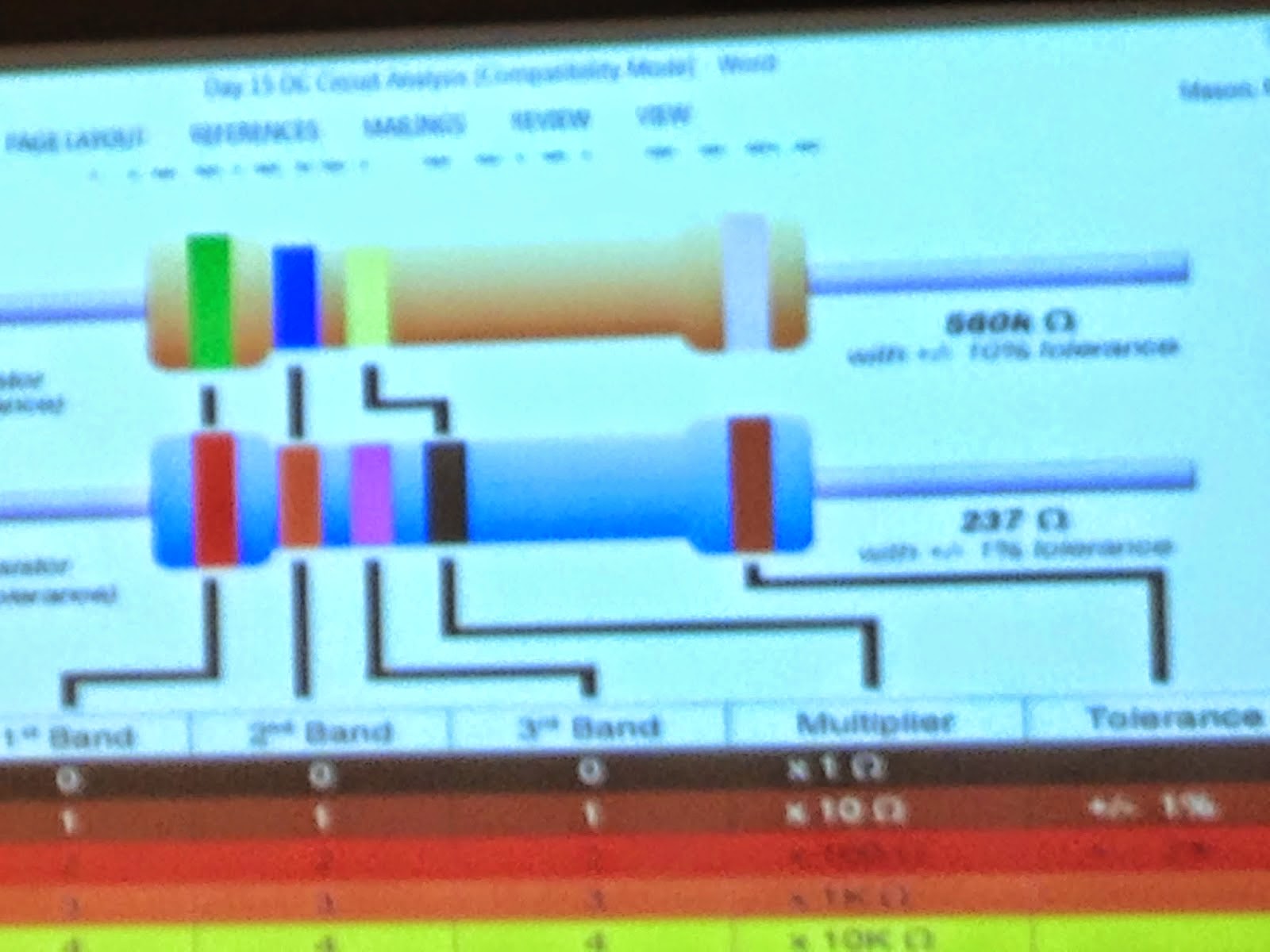There is a exercise professor gave us: two batteries, one switch and three bulbs. The question is what will happen if switch is on.
According to the question, we believed first and second bulb will stay same but third bulb will off if switch is on.
After the switch turn on, the voltage on first and second bulb are the same as switch is off, that is the reason why this two bulbs stay same. However, the voltage on third bulb became zero, so third bulb is off.
This is another exercise. Same question: what will happen if switch is on. And we predict the bulbs stay same.
When the switch on, bulb 1 did not change because one battery is parallel on the bulb 1-the voltage of two side did not change. Bulb 2 stay same because the parallel battery did not influence the bulb.
There are five different situations. If we make the bulbs series, then the bulbs will dimmer. If we make the bulbs parallel, then the bulbs will brighter.
First situation: there are two resistant in series and same batteries. We used only one battery first time and make two batteries as series second time. Then we measured the voltage source and R1 and R2.We found voltage of source=Vr1+Vr2.
Second situation: we need measure the voltage of source and current of source Ir1, Ir2 and Ir3 under same condition. We found Ir1=Ir2=Ir3.
Third situation: we made two resistants parallel and measure the voltage source and the Vr1 and Vr2 of two resistants. We found voltage of source=Vr1=Vr2.
Fourth situation: we need measure current of source I1 and resistants Ir1 and Ir2 under third situation. We found I1=Ir1+Ir2.
There are four different colors in one resistant. First three are certain and we can measure R. However, the last one is the uncertainty of R.
This is our prediction of the four different resistants and uncertainty. We found first one is bad.
The resistants are 620 om, then we calculated the different total R of four graphs.
We need to calculated the total R of the circle. In series, R=R1+R2+... in parallel, R=(R1*R2*..)/(R1+R2+..).
There are three equations for three different values to calculate.
Conclusion:
Today, we did many interesting exercises and experiments. First, we need to predict the condition of bulbs if the switch is on. And our prediction is correct. Second, we did another predict with same question. Luckily, our prediction is correct again. Then we did some experiments to calculate the resistant and figure out some useful relationships and formulas.













No comments:
Post a Comment